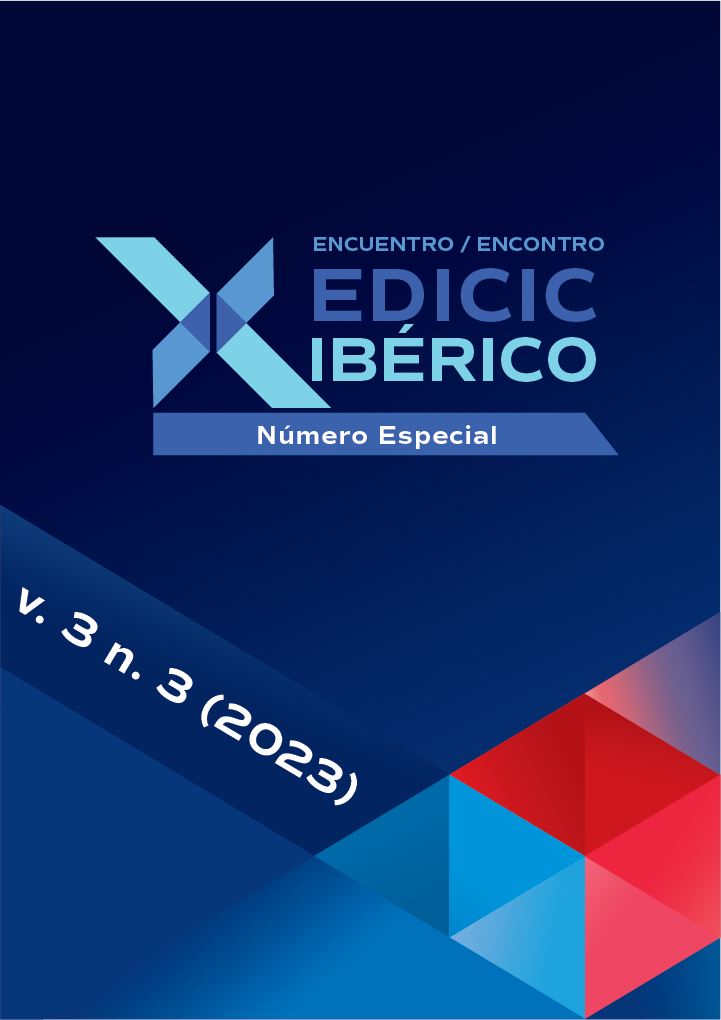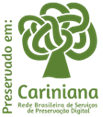The representation of libraries in animated childrens’ television series: the case of my little pony: friendship is magic
DOI:
https://doi.org/10.62758/re.v3i3.255Keywords:
My Little Pony, Animated Childrens’ Television Series, Representation, LibrariesAbstract
Animated series are a tool for encouraging reading, especially in the case of those aimed at a children's audience, as they are sometimes the first contact for children. The representation of books, reading, libraries and information environments in these series should be positive in order to encourage the public to become familiar with these spaces. My Little Pony: Friendship is Magic is one of the most successful series of the 2010s, with an audience ranging from children to adults. The aim of this work is to identify the libraries and librarians that appear in this series, and to find out whether they comply with the stereotypes set by traditional cinema, through a viewing of the series. The results highlight the appearance of 7 libraries and one archive. They are mostly public centers, except for one library that belongs to a private school (although it is open to all kinds of creatures), and two private, inside a castle. They are structured in a similar way (a sign with a book symbol and shelves with stairs, mainly), although the architectural styles are very different. The librarians are all women, and the stereotype of the librarian with glasses and short hair or hair tied up in a bun is fulfilled. Of the services, the most common is the search for information among the collections, carried out autonomously by the users. The book is, in many episodes, the key to solving a problem or to defeating a villain.
References
Acerro, H. (2001). The Librarian Stereotype in Current Films. Information Science, (209). http://besser.tsoa.nyu.edu/impact/f01/Papers/Acerro/finalpaper.html.
Andrío Esteban, M. R. (2016). La imagen de la biblioteca en el cine (1928-2015) [Tesis doctoral, Universidad de Salamanca]. Repositorio Gredos. http://hdl.handle.net/10366/128367. DOI: https://doi.org/10.2307/j.ctt1rzx5r3
Begin, M. J. (2015). The Art of Equestria. Adams.
ComunidadBaratz (2018). 15 veces que las bibliotecas tuvieron su momento de gloria en Los Simpson. Comunidad Baratz. https://www.comunidadbaratz.com/blog/15-veces-que-las-bibliotecas-tuvieron-su-momento-de-gloria-en-los-simpsons/.
Coremi (2021). Bibliotecas en la animación. Saltos en el viento. https://saltosenelviento.wordpress.com/2021/10/24/bibliotecas-en-la-animacion/.
Farrier, J. (2012). A Professional Assessment of Twilight Sparkle as a Librarian. Neatorama. https://www.neatorama.com/2012/08/14/A-Professional-Assessment-of-Twilight-Sparkle-as-a-Librarian/.
Funes, V. (2014). Los Simpson, las bibliotecas y los libros ¡Mooola!. Infobibliotecas. https://blog.infobibliotecas.com/los-simpson-las-bibliotecas-y-los-libros-mooola/vicente-funes/.
Hermann, B. (2020). These animated shows defy library stereotypes. I love libraries. https://ilovelibraries.org/article/these-animated-shows-defy-library-stereotypes/.
Hermann, B. (2021). These animated librarians have big hearts and big heads. I love libraries. https://ilovelibraries.org/article/these-animated-librarians-have-big-hearts-and-big-heads/.
Licari Guillaume, I. (2019). Expect the Unexpected: My Little Pony: Friendship is Magic and the Creation of a Double Audience. Transatlantica: Révue d’Études Américaines, (2). https://doi.org/10.4000/transatlantica.14963. DOI: https://doi.org/10.4000/transatlantica.14963
Martin Otegui, V. (2009). Las bibliotecas en el cine. Aportes para el análisis de la representación de las bibliotecas en el cine. Revista General de Información y Documentación, (19), 61-90. https://repositoriodigital.uns.edu.ar/bitstream/handle/123456789/4791/Martin%2C%20V.%20Las%20bibliotecas%20en%20el%20cine.PDF?sequence=1&isAllowed=y.
Morita, S., Laksmi, L. (2018). Representation of Public Library Recreation Function in the film The Library (2015). Pustabiblia, Journal of Library and Information Science, 2(2). http://dx.doi.org/10.18326/pustabiblia.v2i2.163-182. DOI: https://doi.org/10.18326/pustabiblia.v2i2.163-182
Paz Yanes, C. (2002). Bibliotecas de cine: una revisión de la imagen de las bibliotecas y los bibliotecarios del séptimo arte. Scire: representación y organización del conocimiento, 8(2), 117-140. https://doi.org/10.54886/scire.v8i2.1175. DOI: https://doi.org/10.54886/scire.v8i2.1175
Reina Flores, M. C. (2005). Series animadas y población infantil. Comunicar: Revista Científica de Comunicación y Educación, 25(2).
Ros, M. (2007). Los Simpson visitan una biblioteca pública. El Documentalista Enredado. https://www.documentalistaenredado.net/595/los-simpson-visitan-una-biblioteca-publica/.
Rudolph, M. A. (2008). Librarians in Film: A Changing Stereotype [Master’s paper]. North Carolina: University of North Carolina. https://ils.unc.edu/MSpapers/3413.pdf.
Seminario Permanente de Información y Documentación. (2021). Claquetas y letras. Universidad de Zaragoza. https://claquetasyletras.unizar.es/.
Stewart, B. (2022). Avatar legends: What was Wan Shi Tong’s Library like before Aang?. CBR. https://www.cbr.com/avatar-legends-wan-shi-tong-library/.
Walker, S., Lawson, V. L. (1993). The Librarian Stereotype and the movies. MC Journal: The Journal of Academic Media Librarianship, 1(1), 16-28. https://es.scribd.com/document/181673249/The-Librarian-Stereotype-and-the-Movies.
Wells, J. A. (2013). The Female Librarian in Film: Has the Image Changed in 60 Years? The Student Research Journal, 3(2). https://doi.org/10.31979/2575-2499.030202. DOI: https://doi.org/10.31979/2575-2499.030202
Downloads
Published
How to Cite
Issue
Section
License
Copyright (c) 2023 Revista EDICIC

This work is licensed under a Creative Commons Attribution 4.0 International License.
The Association holds the copyright of the texts it publishes and, therefore, adopts a Creative Commons License, CC BY 4.0 DEED Attribution 4.0 International (https://creativecommons.org/
You are free to:
- Share: copy and redistribute the material in any medium or format for any purpose, even commercially.
- Adapt: remix, transform, and build upon the material for any purpose, even commercially.






